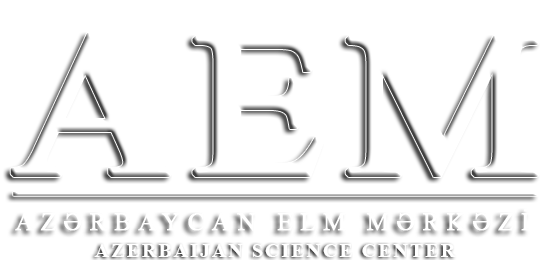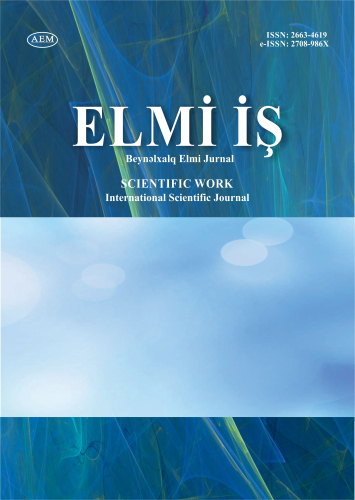DOI: https://doi.org/10.36719/2663-4619/115/271-274
Ismayil Huseynli
Baku State University
Master student
https://orcid.org/0009-0006-1402-9105
ismaylhuseynli01@gmail.com
Shirvan Plain Soil Salinization and Measures to Combat it
Abstract
Soil salinization in the Shirvan Plain creates a serious problem for agriculture by accumulating salts in the soil, making it difficult for plants to grow and reducing productivity. Several measures can be taken to address or mitigate this issue. Firstly, a proper irrigation regime should be implemented, with careful regulation of water quantity and timing. Additionally, the construction of drainage systems helps remove excess water from the soil, preventing further salinization. Soil management methods, the addition of organic matter, and crop rotation also help maintain the soil’s natural balance. Selecting salt-tolerant plants is an effective method to increase productivity. Chemical interventions, especially calcium-based substances, can reduce soil salinization. Lastly, utilizing natural water sources can help prevent further salinization. These measures collectively aim to combat soil salinization in the Shirvan Plain and preserve soil productivity.
Keywords: chemical interventions, water resources, ecosystem, soil productivity, soil structure, agriculture, economic development

